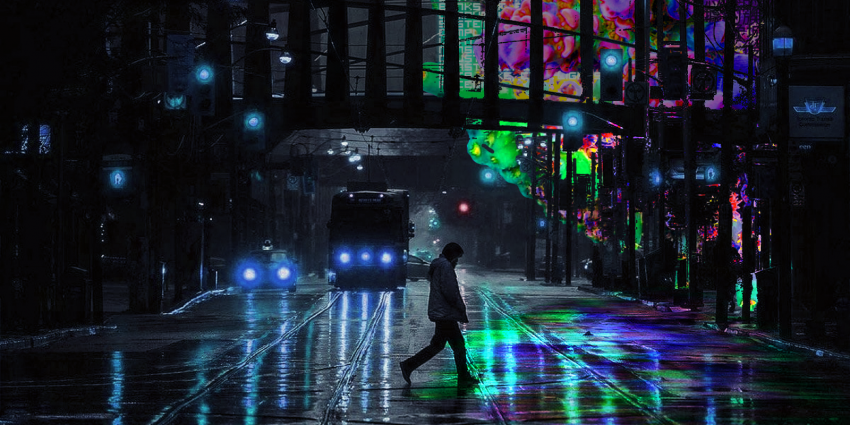Difference between revisions of "project04:P2"
(→Cyberscape: a cyber-physical interactive hub) |
(→Cyberscape: a cyber-physical interactive hub) |
||
| Line 23: | Line 23: | ||
=='''Cyberscape: a cyber-physical interactive hub'''== | =='''Cyberscape: a cyber-physical interactive hub'''== | ||
| − | With the thorough penetration of the Internet, everyone has a dual identity in contemporary urban life. Take China for example, on one hand, urban survival pressure and high-density, planned forms of living consume the vitality of young generation; on the other hand, streaming videos, social media, and online games establish their existence in another dimension. | + | With the thorough penetration of the Internet, everyone has a dual identity in contemporary urban life. Take China for example, on one hand, urban survival pressure and high-density, planned forms of living consume the vitality of young generation; on the other hand, streaming videos, social media, and online games establish their existence in another dimension. The Toronto School and other media theorists have foreseen the impact of the Internet as a medium on behavior and society in the last century. Since the 1990s, architects and urban designers have begun to imagine the integration of architecture space and cyberspace. Later practices, in the name of interactive architecture, explored certain possibilities of architectural interactivity. But until today, the real revolution has not come in a larger scope. This division of virtuality and reality changes people's experience of built environment without reflections and weakens the role of architects of that in both physical and spiritual aspects. This transformation needs to be seen as an opportunity to build a more vibrant city rather than making the city a desert of data. |
| − | + | ||
| − | The Toronto School and other media theorists have foreseen the impact of the Internet as a medium on behavior and society in the last century. Since the 1990s, architects and urban designers have begun to imagine the integration of architecture space and cyberspace. Later practices, in the name of interactive architecture, explored certain possibilities of architectural interactivity. But until today, the real revolution has not come in a larger scope. | + | |
| − | + | ||
| − | This division of virtuality and reality changes people's experience of built environment without reflections and weakens the role of architects of that in both physical and spiritual aspects. This transformation needs to be seen as an opportunity to build a more vibrant city rather than making the city a desert of data. | + | |
Revision as of 20:18, 19 January 2020
P2
123
Cyberscape: a cyber-physical interactive hub
With the thorough penetration of the Internet, everyone has a dual identity in contemporary urban life. Take China for example, on one hand, urban survival pressure and high-density, planned forms of living consume the vitality of young generation; on the other hand, streaming videos, social media, and online games establish their existence in another dimension. The Toronto School and other media theorists have foreseen the impact of the Internet as a medium on behavior and society in the last century. Since the 1990s, architects and urban designers have begun to imagine the integration of architecture space and cyberspace. Later practices, in the name of interactive architecture, explored certain possibilities of architectural interactivity. But until today, the real revolution has not come in a larger scope. This division of virtuality and reality changes people's experience of built environment without reflections and weakens the role of architects of that in both physical and spiritual aspects. This transformation needs to be seen as an opportunity to build a more vibrant city rather than making the city a desert of data.
